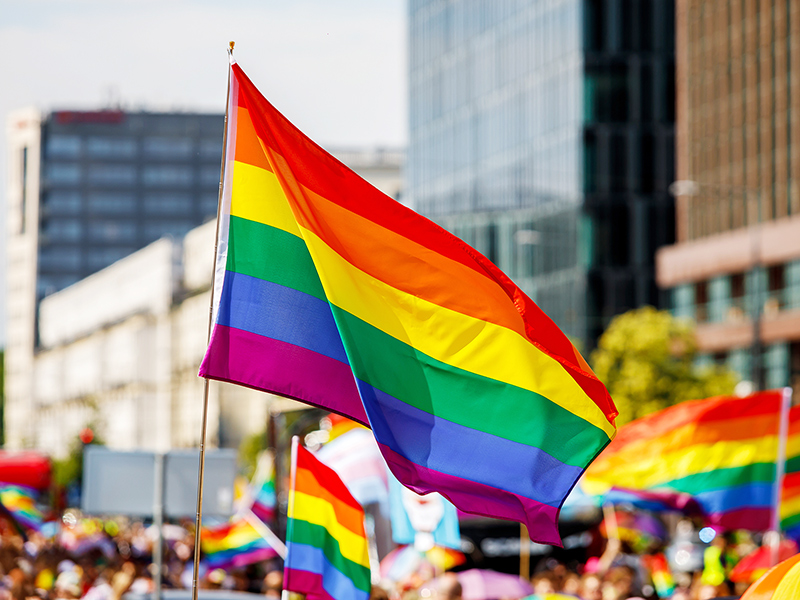
How far must a company go to address adverse human rights impacts with which they are involved?
The UN Guiding Principles on Business and Human Rights provide a roadmap for operationalizing business respect for human rights, calling on companies to identify, prevent, mitigate, and remedy actual and potential human rights abuses.
The actions that a company must take to prevent, mitigate, and remedy adverse human rights impacts—what the UN Guiding Principles on Business and Human Rights (UNGPs) call “appropriate actions”—depend on the company’s connection to that impact. The UNGPs provide a framework for assessing this, often called the cause/contribute/directly linked framework. According to the UNGPs, the appropriate actions that companies must take to prevent and mitigate human rights abuses will vary according to “[w]hether the business enterprise causes or contributes to an adverse impact, or whether it is involved solely because the impact is directly linked to its operations, products or services by a business relationship.” The determination of appropriate actions also varies according to “the extent of [the company’s] leverage in addressing the adverse impact,” as indicated by Principle 19.
Assessing attribution—that is, whether the business has caused, contributed, or is directly linked to an adverse impact through their business relationships—is the first step toward determining appropriate actions to prevent and mitigate human rights abuses and provide remedy where relevant. In fact, the forward-looking nature of human rights assessments, followed by appropriate actions to prevent and mitigate human rights abuses, is one of the most powerful tools companies have available to ensure respect for human rights.
Practically speaking, how can companies determine whether they have caused, contributed, or are directly linked to an adverse impact through their business relationships? In a white paper that looks at an OECD National Contact Point (NCP) case from Australia (Equitable Cambodia & Inclusive Development International v. ANZ Group & ANZ Royal), BSR Senior Advisor Jonathan Drimmer and Novartis Head of Human Rights and former BSR Human Rights Director Peter Nestor explore seven questions to help companies determine their connection to negative impacts, including:
- Did the company’s actions on their own cause human rights harm?
- Did the company facilitate, enable, or incentivize other parties to cause harm?
- Could the company have known about or foreseen the potential harm?
- How specific was the connection between the company’s operations and the harm?
- Did the company take steps that likely could have prevented the harm from occurring?
- Did the company directly benefit from the negative impact?
- Do stakeholders and rightsholders believe that the company caused, contributed to, or was directly linked to the harm, or should otherwise provide or contribute to remedy?
These questions are framed through a retrospective lens of attribution to help determine whether and how a company should remedy human rights harm they have caused or contributed to in the past. However, in the context of forward-looking human rights due diligence, these questions can be reframed to identify appropriate actions to prevent and mitigate potential adverse human rights impacts that may occur in the future. Thus, the seven questions can be rephrased into forward-looking diligence questions as follows:
- Could the company’s actions themselves cause a negative impact?
- Is the company participating with others in activities that could lead to a negative impact on a collective or cumulative basis?
- What inherent harms might be predicted based on past impacts connected to the company, sector, geography, or activity, or in the eyes of stakeholders?
- How might the company’s own products, services, operations or sourcing activities, versus the activities of others, realistically cause harms?
- What leverage does the company have to prevent potential impacts it believes could practically occur, and has that leverage been used in a reasonable, tailored, and specific way in light of those risks?
- How might the company benefit from the potential negative risks identified, if they are not mitigated or prevented?
- Do stakeholders and rightsholders believe that the company may cause, contribute to, or be directly linked to the harm, or that the company should otherwise provide or contribute to remedy for potential harms?
A worksheet to guide this forward-looking analysis is available as well, and we think this will be especially useful for BSR member companies undertaking assessments of their potential future impacts.
The answers to these questions can help a company develop an approach to prevent, mitigate, and establish mechanisms for remedy before adverse human rights impacts happen. They can also help companies in evaluating their due diligence exercises when they must later assess a connection to a negative impact. And when a harm is in fact tied to a company’s activities, they can help determine the responsible and appropriate actions the company might take to remedy this harm.
For more information, please reach out to the BSR human rights team.
BSR’s latest sustainability insights and events straight to your inbox.
Topics
Let’s talk about how BSR can help you to transform your business and achieve your sustainability goals.








